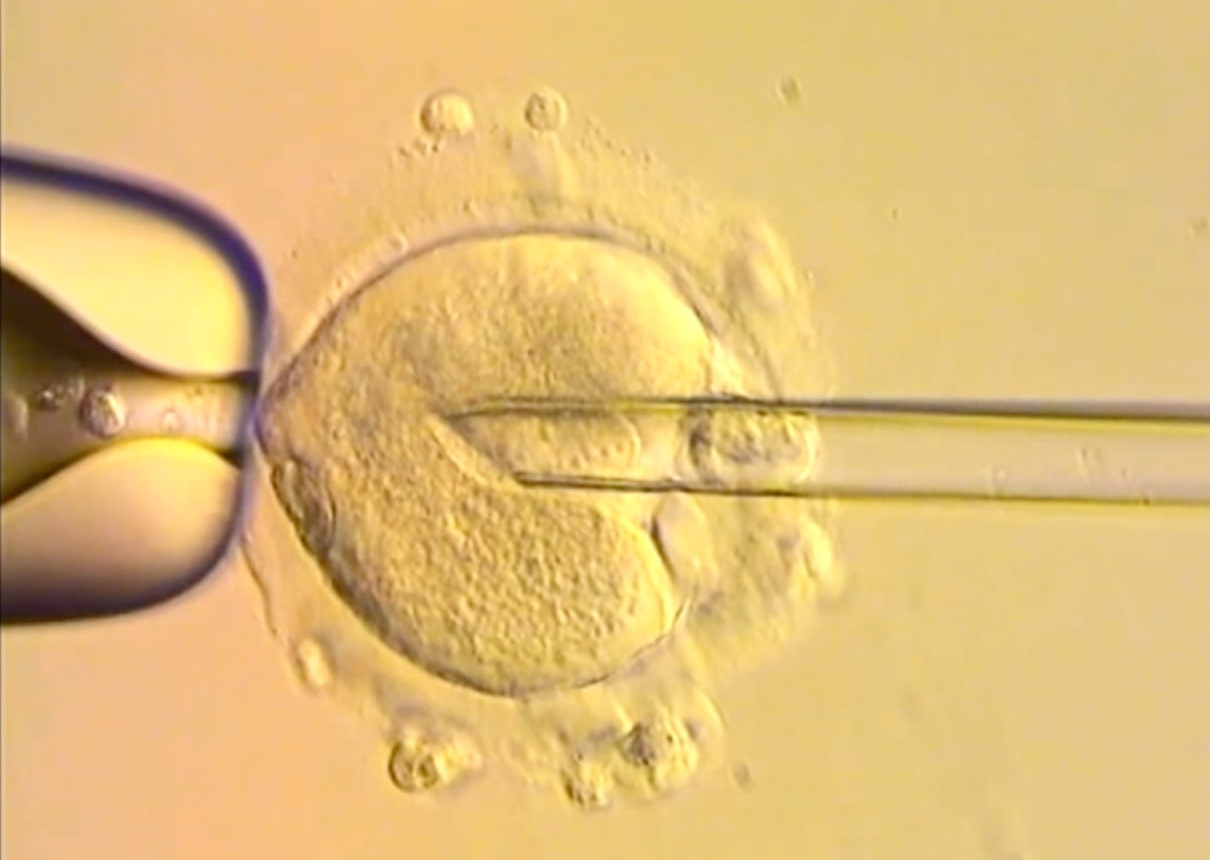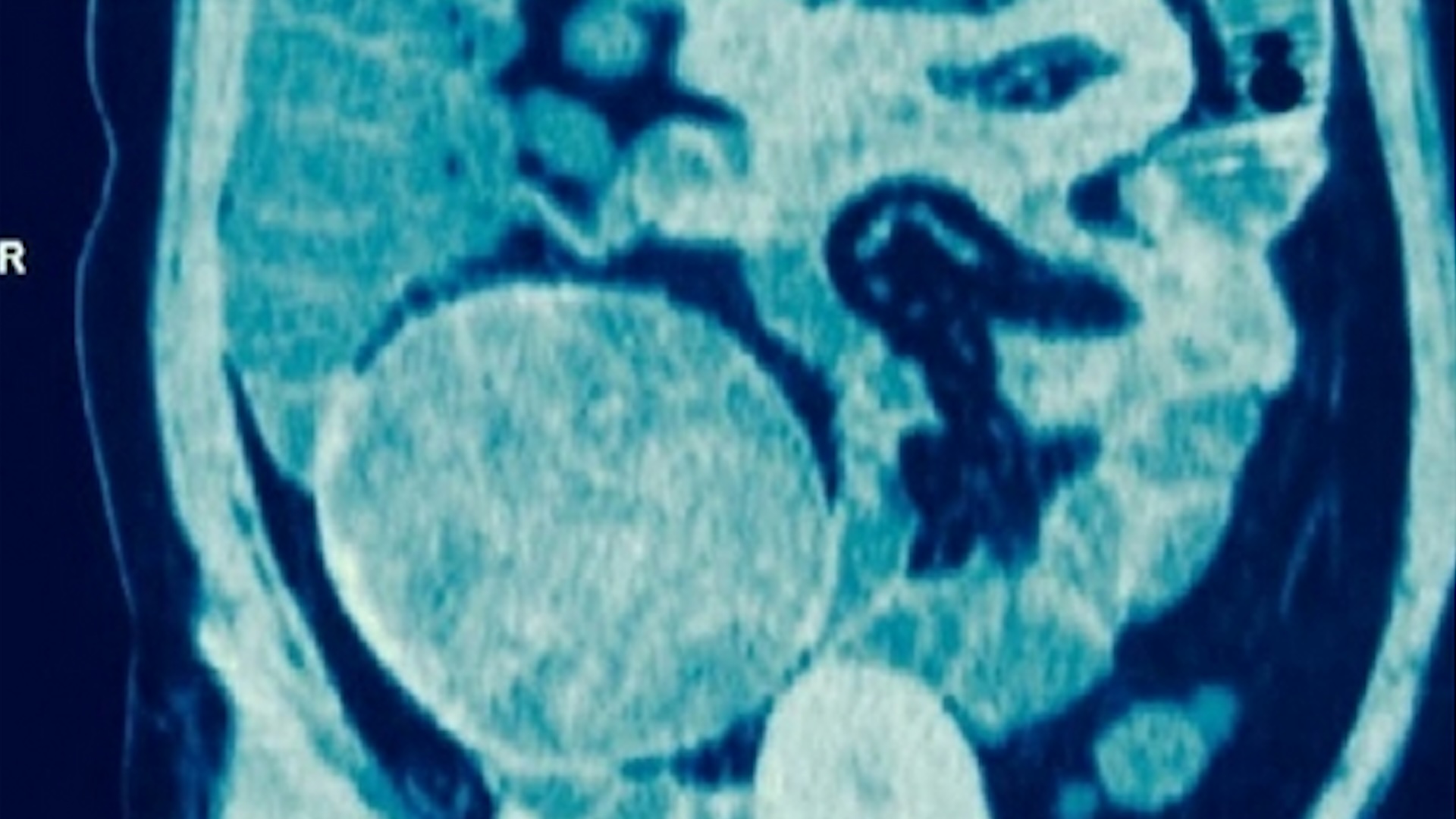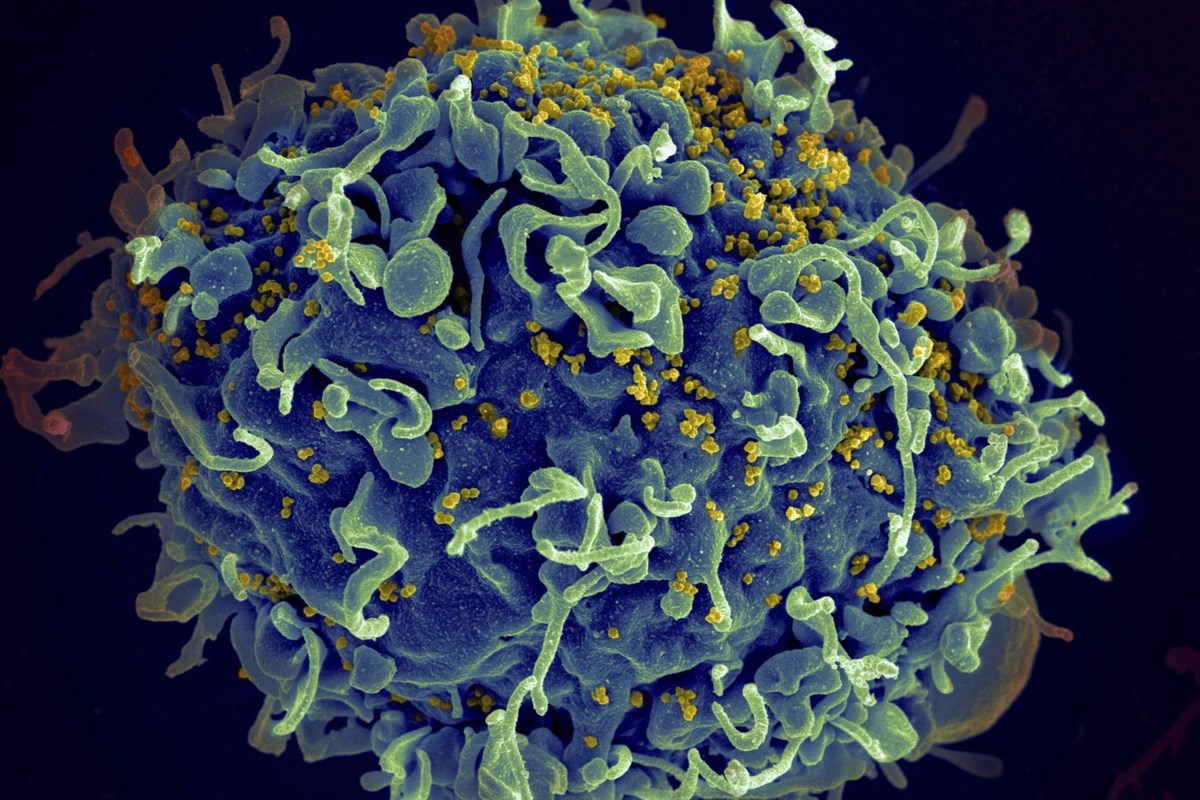Scientists Discover Breakthrough Method to Reboot Hair Growth – Is Hair Loss Reversible?

Imagine waking up one day to find a cure for hair loss – a reality that seemed like a distant dream is now on the horizon! A groundbreaking study has unveiled that hair loss might not just be a part of aging, but a reversible condition thanks to new scientific advancements in molecular therapy.
Published in the journal Stem Cell Research & Therapy, this exciting research reveals the incredible potential of stimulating hair regrowth at the molecular level. The study focuses on androgenetic alopecia, the most common form of hair loss, and it suggests that this condition could be reversed with the right treatment. This is particularly thrilling news for the millions experiencing hair thinning or balding, who have long felt trapped by their genetics.
So, what’s at the heart of this discovery? Researchers have identified crucial breakdowns in the biological signals that control hair growth. These signals, when functioning properly, keep hair follicles active and vibrant. However, when these signals falter, hair follicles enter a dormant phase, leading to the frustrating reality of baldness.
The study dives deep into the mechanisms at play, pinpointing five major molecular systems that regulate our hair growth. In patients with pattern hair loss, communication between these systems breaks down, causing follicles to effectively hit the snooze button on growing hair. But fear not! Scientists believe they can reignite this communication, waking up those sleepy follicles and kicking hair growth into high gear once again.
To achieve this revival, researchers are exploring several innovative techniques: they aim to boost beneficial growth signals that have been silenced while blocking those inhibitory signals that suppress follicle activity. Imagine it as a symphony where all the musicians (in this case, molecular signals) finally come together to create a beautiful melody of hair growth!
But that’s not all – the future of hair restoration may be personalized. Picture this: treatments tailored specifically to your unique genetic makeup. Doctors could analyze your DNA to figure out why your hair is retreating and then use targeted therapies to address the root cause. Emerging compounds, like valproic acid and CHIR99021, are showing promise in activating the right signals while suppressing the harmful ones, making these treatments not only safer but potentially more effective than what currently exists.
And the cutting-edge technology doesn’t stop there! With gene editing tools such as CRISPR, researchers are aiming to permanently correct inherited hair loss disorders. In more severe cases, the combination of stem cell therapy and tissue engineering could allow scientists to grow brand new hair follicles from scratch!
The results from animal models have already shown remarkable promise, and human trials could kick off as soon as the next two years. This could be a game-changer, shifting the way we approach hair loss treatments from mere cosmetic fixes to genuine hair regeneration. No more hiding under hats or resorting to topical solutions that only conceal the problem. It might just be time to start dreaming of a full mane again!
























